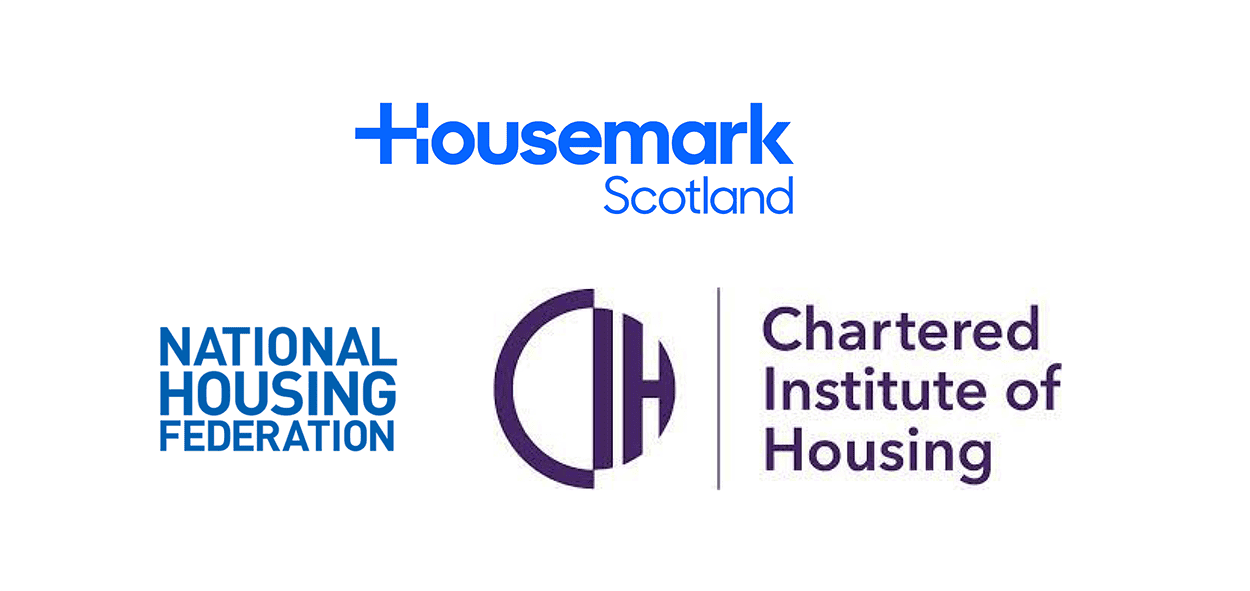In Scotland, ensuring homes are accessible and fit for tenants with disabilities remains an urgent priority for social landlords. With around a third of households in Scotland including someone with a disability or long-term health condition, the need for well-designed, adaptable housing stock is pressing. Yet many tenants still face long waits for adaptations that could vastly improve their quality of life.
While Disabled Facilities Grants (DFGs) are a key funding route in England and Wales, the system works differently in Scotland. Here, local authorities provide adaptations funding under separate arrangements, often drawing on the Housing (Scotland) Act 2006 and associated guidance on equipment and adaptations. Crucially, however, the same principles apply: delays, poor coordination, and reactive planning can leave vulnerable people struggling in unsuitable homes for months or even years.
So how can housing associations and other social landlords in Scotland better navigate the system, access funding more effectively, and ensure timely, high-quality adaptations? This article explores what’s possible from landlord-led approaches to inclusive design with insights relevant to the Scottish context.
Understanding adaptations funding in Scotland
Unlike DFGs in England and Wales, Scottish tenants do not apply for a specific grant by name. Instead, local authorities have a statutory duty to fund necessary adaptations to help people remain in their homes. This funding often sits within Social Work budgets, with Occupational Therapists (OTs) playing a vital role in assessing need and approving spend.
This can create similar challenges to the DFG process south of the border:
- Tenants may face intrusive assessments, means testing, and a lack of clarity over what help is available.
- Landlords often receive adaptation requests reactively, with limited say in design quality or sustainability.
- Local authorities juggle tight budgets, growing demand, and limited staffing capacity to manage applications swiftly.
Why a landlord-led approach still makes sense
While Scotland does not have a formal ‘landlord-led DFG’ route, the idea of landlords taking a more proactive role in managing adaptations can still deliver major benefits.
When landlords work closely with tenants, OTs and local authorities, they can:
- Identify adaptation needs earlier, preventing crises.
- Ensure works are designed to a standard that suits long-term asset management plans.
- Commission and supervise trusted contractors directly, ensuring quality and value.
- Reduce the administrative load on local authorities by acting as a single point of coordination.
In fact, many Scottish local authorities already work with Registered Social Landlords (RSLs) to deliver adaptations more efficiently. For example, Fife Council’s website outlines how they work with housing associations to deliver adaptations. This approach helps to speed up delivery and cut red tape.
Making proactive, preventative adaptations the norm
One major flaw in the current system, both in Scotland and elsewhere in the UK, is that adaptations often only happen reactively, after a fall, hospital admission or health crisis.
Evidence from the Scottish Government and organisations like Care and Repair Scotland shows that early interventions can prevent injuries and reduce hospital stays. For instance, a simple grab rail or level-access shower fitted promptly can avoid costly hospital discharges or emergency moves into residential care. This is not just good for individuals, it saves money for health and social care services too.
Small design changes, big impacts
A landlord-led approach works best when paired with inclusive design principles. Rather than viewing adaptations as bolt-ons, homes can be designed or refurbished with future flexibility in mind.
Simple examples include:
- Installing level-entry doors and wet rooms in new builds as standard.
- Using robust, easily replaceable wallboards instead of tiles to cut maintenance costs.
- Designing stylish grab rails that look like regular fittings, reducing stigma and encouraging earlier installation.
Organisations such as Blackwood Homes and Care have led the way with their ‘Blackwood House’ model, combining accessible design and digital tech to support independent living for older and disabled tenants.
Key steps for Scottish housing providers
If you are a Scottish social landlord or housing association, here are practical steps to strengthen your adaptations approach:
- Map your stock’s adaptability – know which properties can be adapted cost-effectively and which may require reallocation.
- Strengthen relationships with OTs – co-design clear referral pathways so that needs are picked up early.
- Develop a landlord-led protocol – agree with your local authority what level of adaptation you can manage directly.
- Champion inclusive design – make futureproofing a standard part of your asset management strategy.
- Collect evidence – track cost savings and tenant outcomes to strengthen funding bids and demonstrate value.
Conclusion
Scotland’s social housing sector has an opportunity to improve how adaptations are delivered, cutting waiting times and improving lives. By adopting landlord-led ways of working and embedding inclusive design, housing providers can make accessible homes the norm rather than the exception and ensure funding delivers real value for tenants and communities alike.




